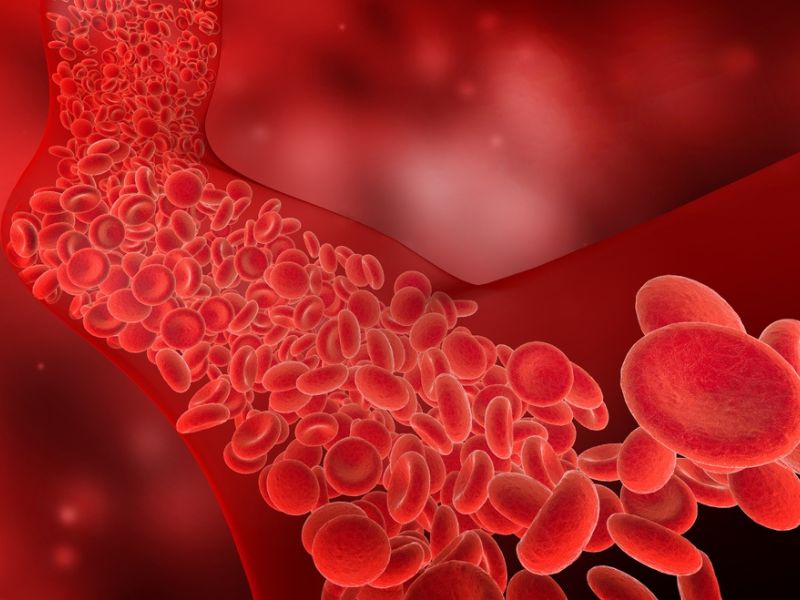After an injury, blood clotting helps prevent excessive bleeding by preventing excessive bleeding. Once the wound is healed, platelets (blood cells) and proteins in plasma (the liquid part of your blood) band together and form a clot over the injury.
Blood clots can block veins and arteries inside the body. Deep vein thrombosis (DVT) occurs when a clot blocks a vein deep in the body. In most cases, DVTs form in the lower leg, thigh, pelvis, or arm. The number of people who develop DVT yearly is estimated at 900,000. People of all ages can get it.
DVT symptoms could appear in young people with no apparent medical problems. Early detection of DVT requires awareness and education.

Image Credit: Shutterstock/Vered Barequet
The Best Ways To Protect Yourself From
DVT Blood Clots
The best way to avoid DVT is to minimize or eliminate as many acquired and inherited risk factors as possible, whether in good health or recovering from physical trauma, surgery, or infection.
Know The Signs.
Legs, ankles, feet, or arms may feel sore or tender if you have DVT. Unusual symptoms and signs include hip, thigh, or back pain, palpitations, fever, dizziness, coughing with blood, general fatigue, and malaise. It may not seem relevant, but these symptoms may indicate a serious DVT blood clot on the way. You get better results if you act quickly.

Image Credit: Shutterstock/cones
Keep Moving.
One of the best ways to prevent DVT is to exercise regularly. Take a walk around your work area if you sit all day, says board-certified cardiologist Dr. Sanjay Bhojraj of Providence Mission Hospital in Orange County, California. Taking standing breaks and stretching regularly will help you walk longer.
When you’re more sedentary, pumping your feet – by lifting your toes for three seconds with your feet flat on the floor – can boost your circulation. DVT blood clots are less likely to develop if you move around more.